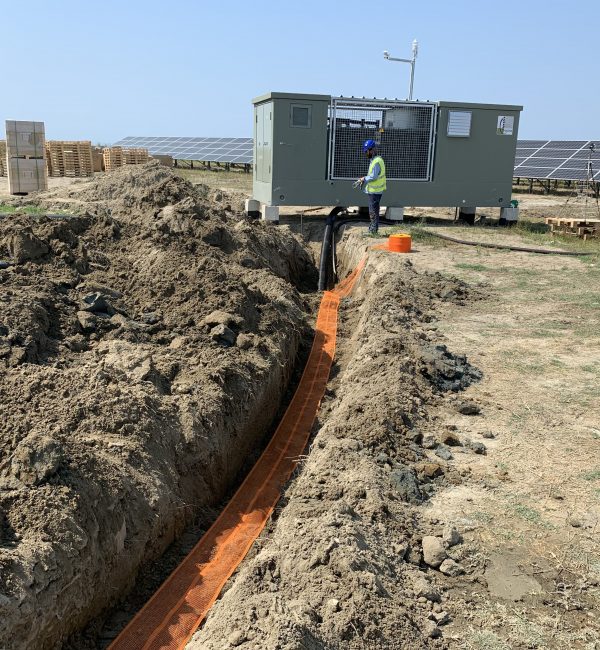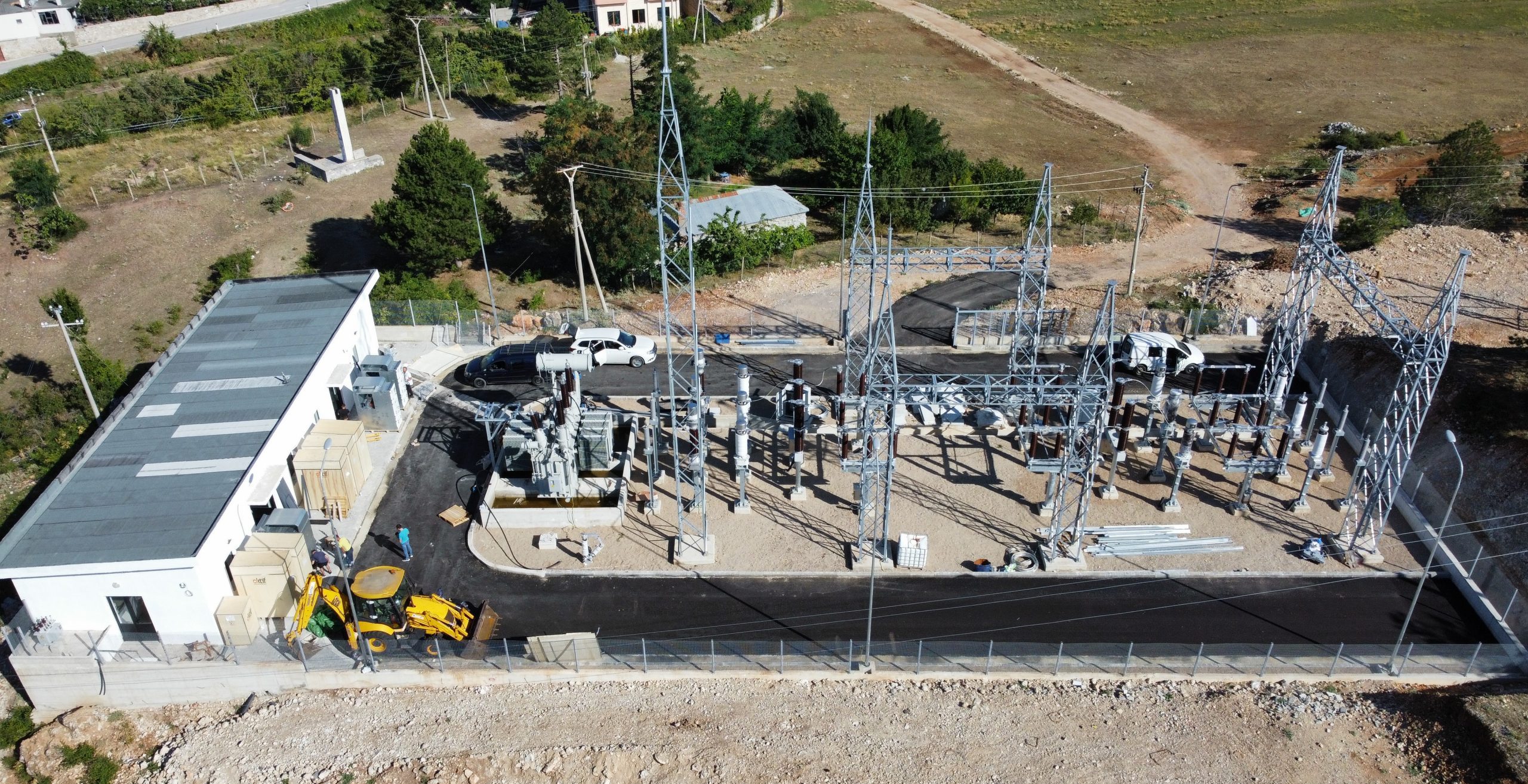Easy Installation
Long Time to Use

Key Functions
Importance
Power Reliability
Substations ensure the consistent and reliable delivery of electricity by managing voltage levels, distributing power across the grid, and isolating faulty sections to prevent widespread outages.
They play a crucial role in maintaining grid stability and ensuring a steady supply of electricity to homes, businesses, and industries.
Grid Efficiency
By stepping up or down voltage, substations minimize power losses during transmission and optimize the efficiency of energy distribution.
This allows for long-distance power transmission at high voltages and safe, lower-voltage distribution in local networks, reducing energy waste.
Safety and Protection
Substations are equipped with protective devices like circuit breakers and relays, which safeguard the grid from faults, overloads, and electrical surges.
They prevent equipment damage and ensure the safety of the public by controlling and isolating issues that may arise within the electrical system.

